3 Cars That Epitomise Crappy American Car Stereotypes
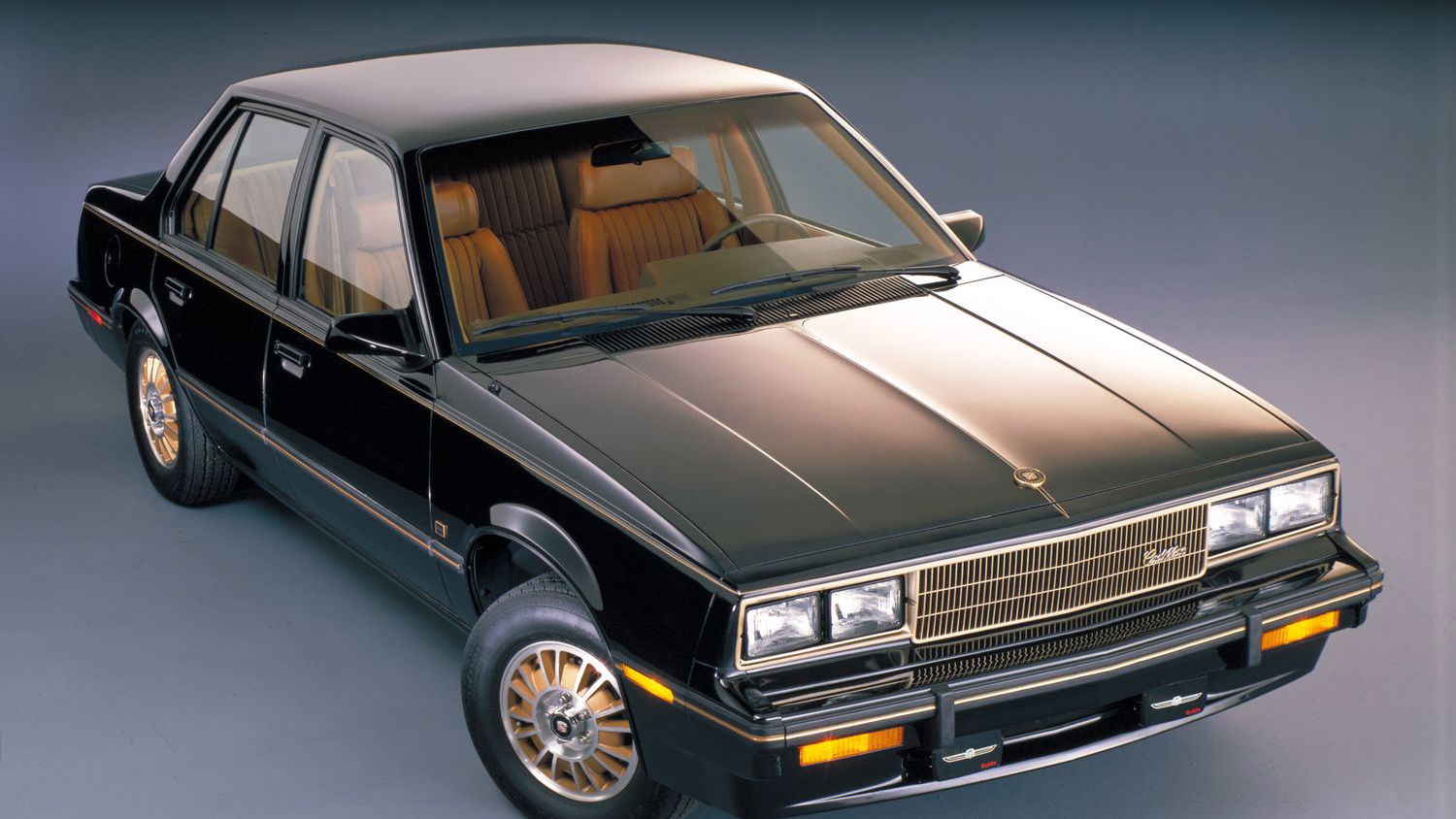
I want to go on record as saying I love American cars. I also love European cars, Japanese cars, Korean cars; I even think a freakin’ Yugo has a certain endearing charm. In other words, I love cars.
That said, every single manufacturer has their good cars and bad cars, but throughout the 1990s when American manufacturers really needed to step up their game to keep up with the rest of the world, they instead got lazy. Not only did this era serve to diminish American cars’ reputation, it also marked the beginning of the long, slow bleed that ultimately led to the infamous 2008 bailout of the American auto industry. More on that in a bit.
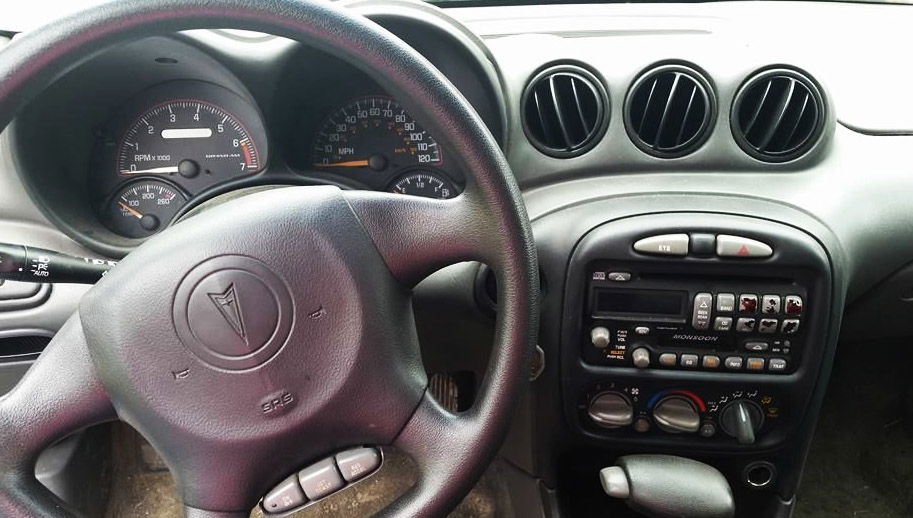
Much has been written about such monumental American failures as the Cadillac Cimarron (also known as Chevy Cavalier) and the Pontiac Aztek (also known as ugly MoFo), but these cars were ridiculed in the States just as much as they were everywhere else, so I don’t really consider them to be the epitome of crappy American cars. Nor am I talking about cheap econoboxes that people expect to be bargain-basement anyway.
Rather, the damage was done by mainstream models that, for whatever reasons, Americans just seemed to accept as more or less okay, despite glaring inadequacies. Here are three American vehicles - two cars and a pickup truck - that best epitomise the crap reputation American cars earned over the last 20 years.
1992-2005 Pontiac Grand Am
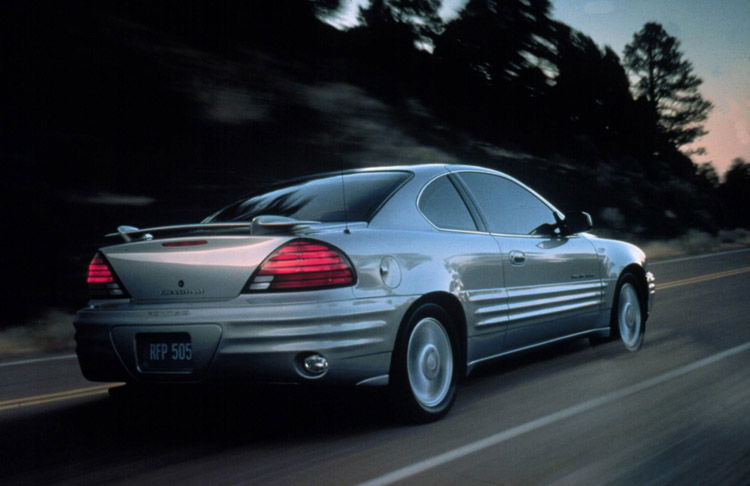
The Grand Am nameplate actually dates back to the early 1970s, and when it was revived in the mid-‘80s as a sporty front-wheel drive compact, it actually wasn’t bad. But the 1992 redesign gave birth to the “Plastiac” era, where bulbous exterior plastic panels and drab, ill-fitting plastic interior bits ruled General Motors and all its divisions. The Grand Am shared its N-Body (later GMX) platform and penchant for plastic with numerous GM cars in the ‘90s, but the Grand Am led the way with progressively worse design cues that included ribbed door cladding, spoilers with tail fins, and a worthless Ram Air option that added a badge and pretty much nothing else.
It wouldn’t have been so bad if the Grand Am had some performance cred, but early models topped out with a rough-running, 180bhp Quad 4 engine, while the later models made the most of a 175bhp 3400 V6 that was neither gutsy nor especially reliable. While Hondas routinely chalked up 200,000 miles, most Grand Ams were dead by 150,000 due to engine failure, electrical meltdown, or death by tree. That’s because Grand Ams weren’t known for their turning prowess, and they tended to wind up in the hands of individuals who weren’t known for their driving prowess.
1992-2007 Ford Crown Victoria
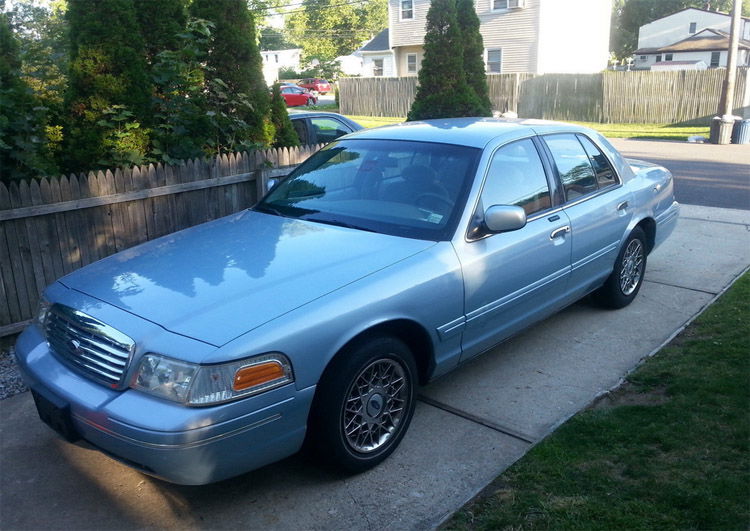
The Crown Victoria was Ford’s flagship luxury sedan from 1980 (when it was known as the LTD Crown Victoria) through 2005 when the underwhelming Ford Five Hundred went into production. The earlier years weren’t bad by any stretch, but in 2005 the Ford Crown Victoria came standard with an AM/FM cassette player. Let me say that again - AM/FM cassette player. In 2005. On Ford’s luxury flagship.
That’s okay, because at least the heated seats were comfortable, right? Nope, it didn’t have heated seats. Or navigation. Or rain-sensing wipers. Again, on Ford’s luxury flagship. But at least it had a muscular V8 engine - that is, if you can call a 239bhp 4.6-litre V8 muscular for a two-tonne car in 2005. But again, that’s okay because the four-speed automatic made great use of the engine’s powerband… Yeah, four-speed automatic.
The Crown Victoria wasn’t really a terrible car. The cops used it for three decades after all, and it was definitely an old-school machine for old-school buyers. But from 1992 until its public demise 16 years later (it would stay in production for fleet use through 2011), Ford did virtually nothing to update this car, and there’s really no excuse for it. The same can be said for the Mercury Grand Marquis and Lincoln Town Car - the Crown Vic’s badge-engineered siblings. Even Cadillac had the motivation to at least offer some decent horsepower and extra creature comforts on its large, prehistoric boats. How on Earth can a manufacturer expect to build or maintain any sort of decent reputation when its flagship luxury model goes essentially unchanged for almost two decades and is outclassed by a Mazda 3?
1994 Dodge Ram 1500

I know what many of you are thinking, so before you hit send on those strongly worded comments about this choice, give me a moment to explain. The Ram doesn’t grace this list because it’s bad - just the opposite in fact. It’s here because it was that good.
I actually like this truck. Yeah, it suffers from Dodge’s chronic peeling paint and bad body rust; the interior is just as plastic as everything else from that era and at some point just about every Ram gets a noisy rear axle. But when the redesigned Ram debuted in 1994, its bold, macho, big-rig styling with throaty, thirsty V8 engine options made it an instant hit. Yes, it was big and rough and not terrifically sophisticated - all attributes that many people associate with crappy American cars. But the 1994 Dodge Ram is here because it was the cool new truck that everyone loved, including Ford and Chevy executives who were suddenly forced to rethink design strategies for their own pickup trucks.
Just like that, design trends in the U.S. shifted from downsizing to upsizing, with the focus switching to big, four-door trucks and 5000-pound sport-utility vehicles. 13 miles per gallon didn’t matter because gas was cheap, and with Americans shelling out $60,000 for low-tech, high-profit trucks, manfacturers were happy to put all their eggs in one basket. Trucks, not cars, became the core vehicle for American families. And that’s the real reason behind the craptastic reputation for American cars - for about 15 years American manufacturers didn’t care about their cars. They were too busy building bigger trucks with more features to meet the demands of the masses.
Of course, that lack of diversification nearly spelled the end for Ford, GM and Chrysler when the financial hammer came down in 2008. But that’s part of a different story where we get 400bhp muscle cars that pull 30mpg. All things being equal, I like that story better. Much better.
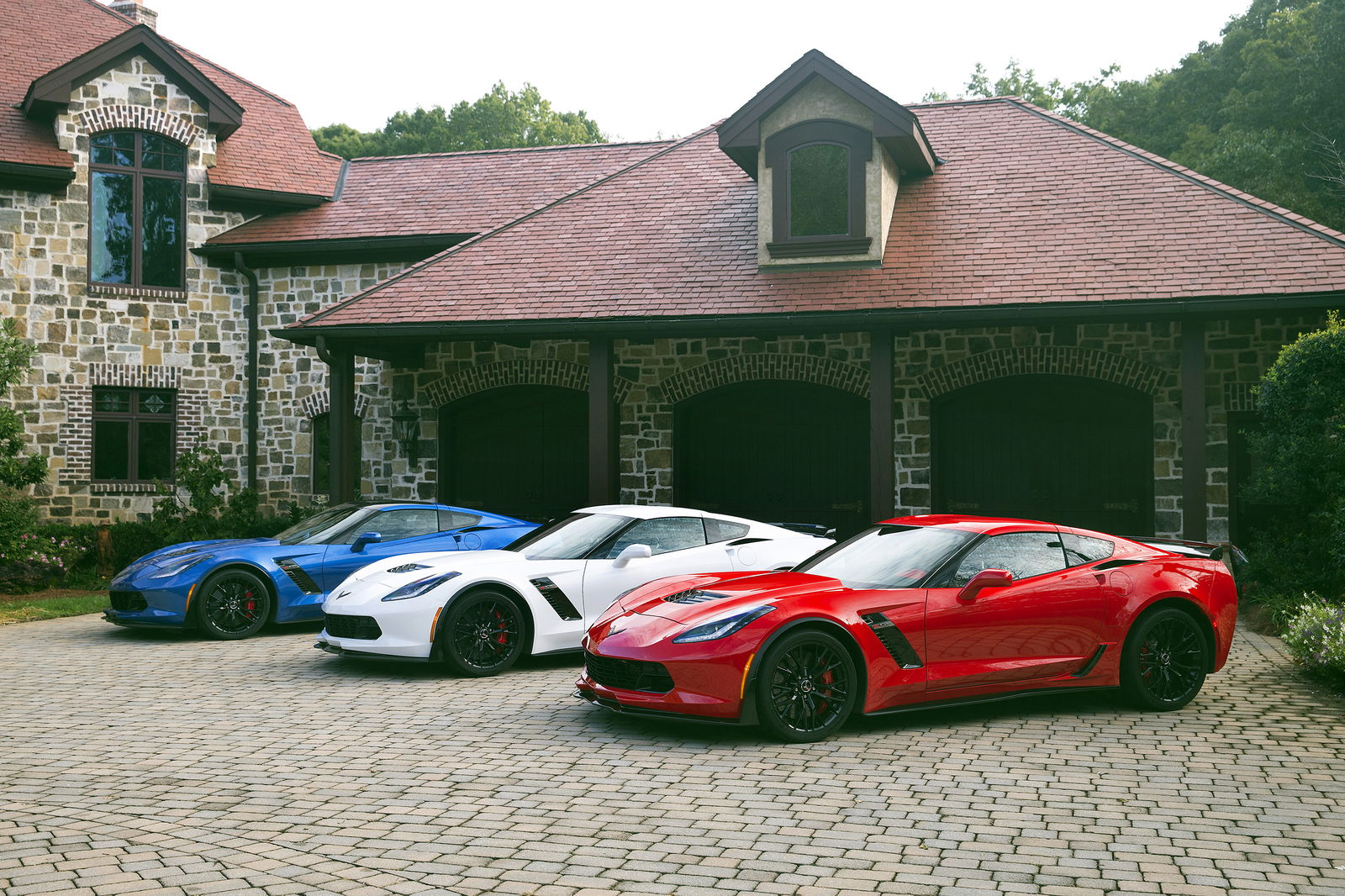
Comments